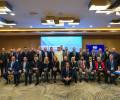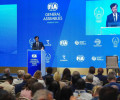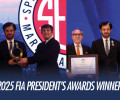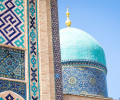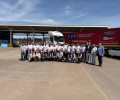AMF: gearing up for a restart
The Austrian Grand Prix inaugurated this year’s Formula 1 season, in what was the first major international sporting event since the Covid-19 crisis. Prior to the resumption of racing, Dr Harald Hertz, President of the Austrian Motorsport Federation (AMF) and Vice President of the Austrian Motoring and Touring Club (ÖAMTC), outlined the work undertaken to get back on track.
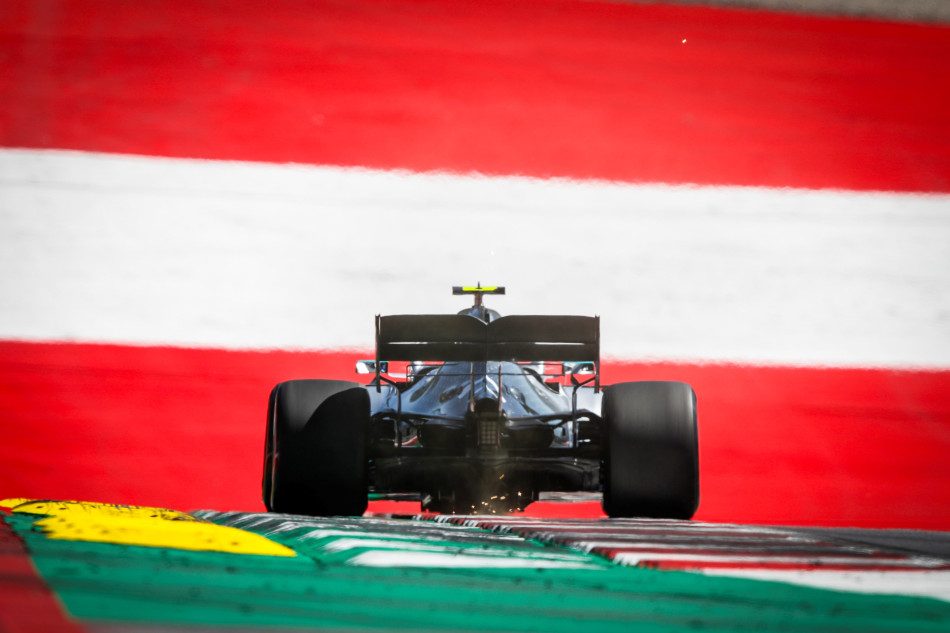
Can you explain how hosting such an enormous event was made possible given the circumstances?
We are very happy that this is possible and, to be honest, also somewhat proud. Of course the uncertainties preceding the final decision of the Austrian government did not make things easier for any of the parties involved, be it us as ASN, Formula 1, Red Bull Ring or the FIA.
On the other hand we were fully aware that the authorities cannot permit such a big international event without investigating the concepts and protocols properly in times like these. This is a big responsibility. Preparation work was in progress on all sides long before the permission for the events was given. Everybody knew their work could be futile, but everybody strongly believed in the project.
Can you explain what kind of measures will be taken and what kind of medical/health safety procedures will be in place?
A voluminous document was prepared by the staff of Red Bull Ring containing the measures finally approved by the national health authorities. One very important principle is reducing the number of staff at and around the track. Every group was reduced in its size to the absolutely necessary minimum. The absence of spectators makes that easier. For example: normally there are more than 50 of our scrutineers working at the track during a F1 GP. This number has been reduced significantly.
In addition our scrutineers are divided into three groups, F1, F2 and F3. These groups will not have contact or mingle with each other or any other people. Everybody will be tested for Covid-19 before entering the venue and also during the days of the event. Everybody’s temperature will be checked every time entering the track. There will be isolation areas for the case that an infection should be detected. You cannot possibly do more to have a safe event.
Can you give us an overview of the various parties the AMF worked with and consulted to make this possible, i.e. the FIA, local organisers and authorities, WHO?
There was a real lot of communication the last weeks and months with plenty of different parties. On the one hand we had of course permanent contact with the FIA, a very close and good cooperation with Projekt Spielberg (Red Bull Ring).
On the other hand, as you already hinted, we had a lot of contacts to regional authorities but also to governmental institutions such as ministry of sport, ministry of health, ministry of interior as well as foreign affairs. Furthermore we had frequent and very helpful interaction with the national sporting organization Sport Austria. We also kept close contact to Austrian Red Cross all the time.
Not one but two races will be held on this occasion. How much of a challenge hosting back to back races one week apart represents? Particularly for the staff working at the grands prix.
Well as you mention, it is a very special challenge for the staff working at the GP. For example, the scrutineers are volunteers who have to arrive beginning with Wednesday for the first teams. This means they have to take leave from their jobs, which is quite challenging for some in times of economical crisis.
It is also a big responsibility not to take risks between the two weekends. But I think everybody is aware that she/he will be part of something extraordinary and contributing to the success of the restart of the F1 GP season after all.
What’s the next step? Will the know-how gained during F1 races be utilized to resume other motor sport events at national level? What’s the plan for the local Austrian championships to go ahead?
The situation in Austria concerning motorsports is already improving right now. Until the end of August we will have strict limitations of numbers of spectators. For instance we will have the Austrian Karting Championship starting again already in June. It is depending on the discipline.
We have disciplines where organizers cannot run an event without spectators depending on ticket sale primarily. Others can deal quite well with having one or two events without audience as an exception.
Are you planning to share your knowledge with other motor sport event organisers or other National Sporting Authorities?
I am deeply convinced that we can only overcome the current critical situation together. When somebody asks for help or advice it will surely not be denied as far as we can possibly provide it.
How would you characterise the grassroots motor sport scene in Austria now? What improvements are you seeking to make in this area and what series are you targeting?
Talking about grassroots motor sport in Austria always leads me to the discipline of car slalom. We have a lively scene in this area in Austria including a national championship.
Also we are currently evaluating the potential of karting slalom. Another field that was strongly growing in times of isolation, digital motor sport, is also something that should not be neglected by ASNs.
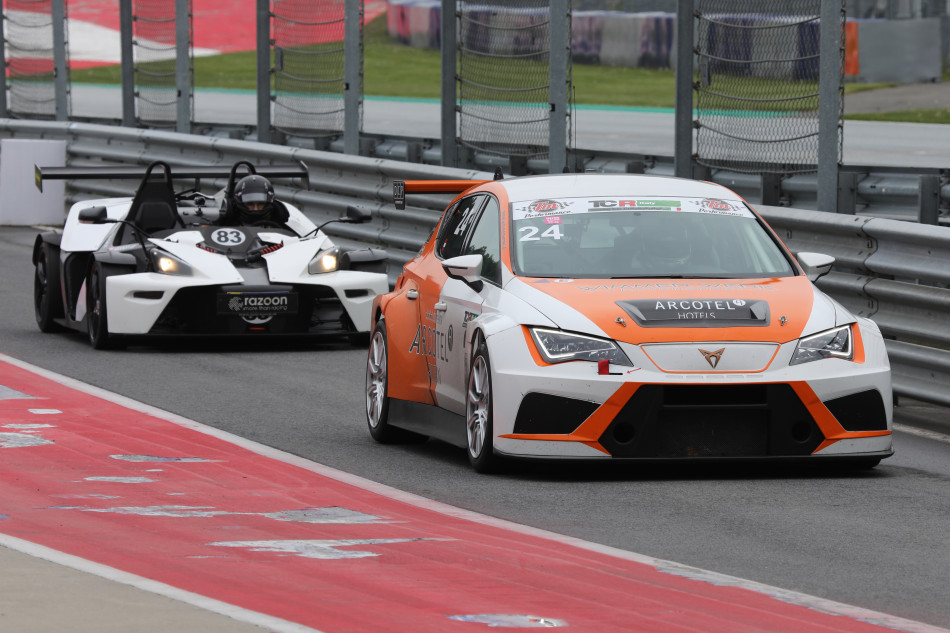

 Facebook
Facebook Twitter
Twitter